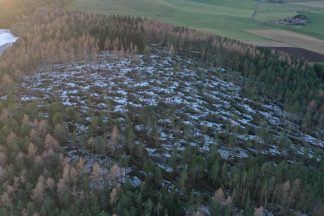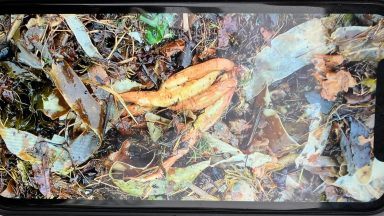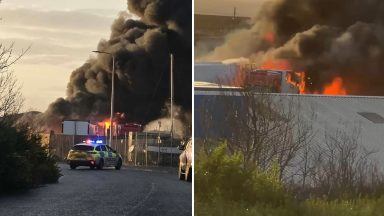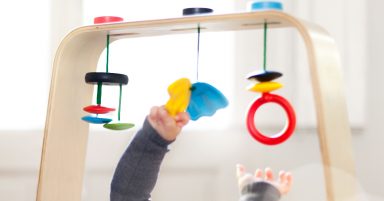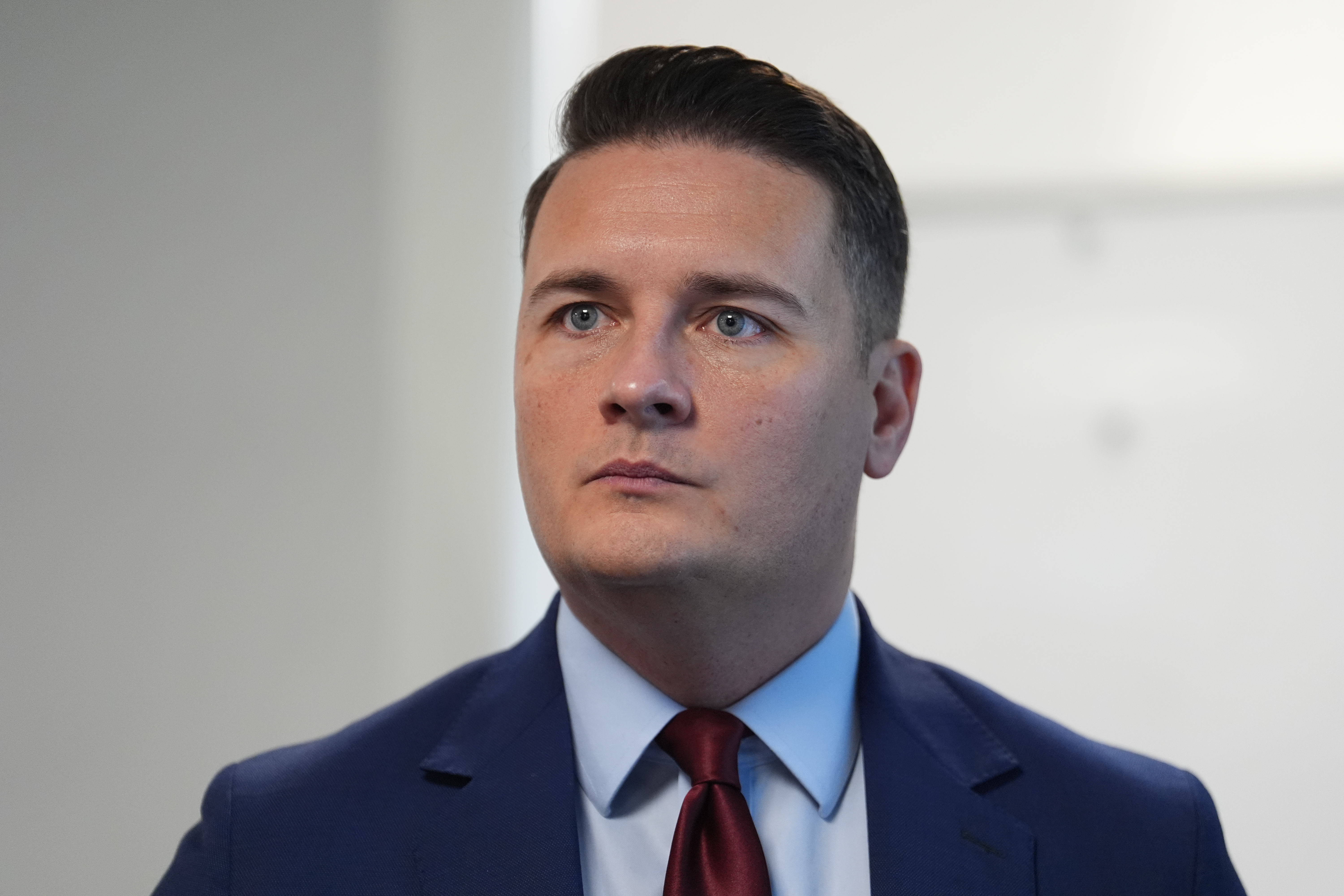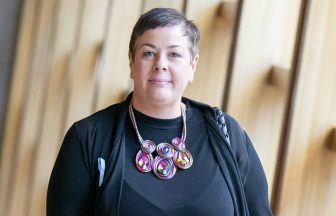Urging workers to return to the office at the same time as reopening schools is jeopardising the test and trace system’s ability to cope, a leading public health expert has warned.
Professor Devi Sridhar, from the University of Edinburgh, said she was concerned about the UK Government’s campaign to encourage people back into offices coinciding with pupils’ return because the testing system in Scotland struggled with a surge of demand when schools reopened.
Ms Sridhar, who is an adviser to the Scottish Government, told Sky News that a fast, effective test and trace system was key to keeping the infection rate low and suppression of the virus was vital to enable economic recovery.
“I’m a little bit worried about the back to office push alongside the back to school push,” she said.
“What we’ve seen in Scotland over the past few weeks is the testing system has just been really having to race to catch up with the demand of all the children coming home with coughs and colds and fevers.
“If you add on top of that all the adults going back into offices and having those as well, your testing system is really under strain.
“So you have to get ready and get your testing system going so people get the results fast enough and the tracing teams can get going.”
Asked about coronavirus infection among young people in schools, and whether schools returning could trigger a spike in cases, Ms Sridhar said: “It’s really in our hands.
“We’ve seen variable experience in the world, from Denmark, which handled school returning exceptionally well, has kids back with very little bump in terms of their [infection] numbers, compared to Israel where numbers just skyrocketed because the testing and tracing was in place.”
Ms Sridhar explained that all children were susceptible to contracting the same amount of the virus as adults, but younger children appeared to transmit the virus less than older ones.
The height of children could be one possible reason for the difference, she suggested.
“Some of the hypotheses are about the social interactions of primary school kids, who they’re around, they’re more likely to be asymptomatic, which means coughing and sneezing is less likely so they’re not infecting others,” she said.
“As well as that, primary school kids are shorter and so they’re less likely to be exposing adults or others around them.
“So, there is a difference, but science has not confirmed yet which of those hypotheses it could be.”
Ms Sridhar said she thought that another nationwide lockdown was “unlikely” and added: “When testing and tracing starts to break down, that’s when you need your local restrictions, where you have restrictions on going to other people’s homes or on pubs and hospitality or on riskier settings.”
Although Ms Sridhar praised the UK Government for “moving towards a model of maximum suppression”, she said that they should consider introducing testing at airports when people arrive and then another test between five and eight days later.
She said: “I think that UK Government, as a whole, have been behind the curve in terms of border control – one of the latest to put in border restrictions.
“When they have been put in place they are not really being monitored in terms of compliance with them, also it’s also been quite a harsh measure for the aviation industry and creating uncertainty, so I think, yes, we definitely need a better approach.”
Follow STV News on WhatsApp
Scan the QR code on your mobile device for all the latest news from around the country





